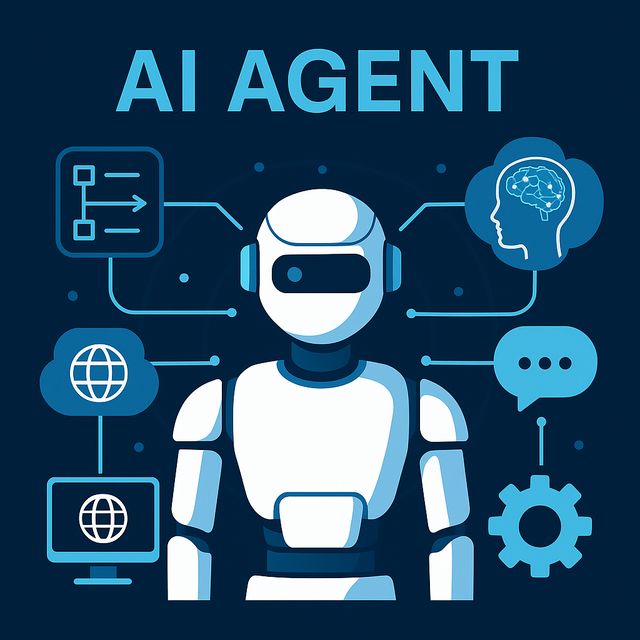In today’s rapidly evolving digital landscape, artificial intelligence (AI) is emerging as a game-changer in the field of network security, particularly within the context of cloud computing.
The increasing reliance on cloud infrastructure has expanded the attack surface for cybercriminals, making it more challenging than ever to safeguard sensitive data and maintain system integrity. AI is stepping in to address these challenges with innovative solutions that are transforming how organizations approach cybersecurity.
One of the most impactful contributions of AI to network security is its ability to identify and neutralize threats in real-time. Traditional cybersecurity measures often rely on static rules and predefined patterns, leaving systems vulnerable to novel and sophisticated attacks. AI-powered security systems leverage machine learning algorithms to analyze vast datasets, detect anomalies, and adapt to emerging threats. This capability is particularly valuable in the cloud era, where the dynamic nature of data and applications demands constant vigilance.
Phishing, a persistent and costly cyber threat, is another area where AI has proven its worth. Using natural language processing and pattern recognition, AI can scan emails and messages to identify potential phishing attempts. Unlike manual methods, which can be time-consuming and prone to error, AI systems can process thousands of communications in seconds, flagging suspicious content before it reaches the user. This proactive approach significantly reduces the risk of data breaches caused by human error.
Distributed Denial-of-Service (DDoS) attacks, which aim to overwhelm networks and render services unavailable, have also found a formidable adversary in AI. By analyzing traffic patterns and identifying anomalies, AI systems can distinguish between legitimate and malicious traffic. Once an attack is detected, these systems can automatically redirect or block malicious activity, ensuring uninterrupted service availability. This automated and scalable response is particularly well-suited to the expansive and distributed nature of cloud environments.
AI’s role extends beyond external threats to address risks originating within organizations. Insider threats, whether malicious or inadvertent, pose a significant challenge to network security. AI tools can monitor user behavior, detect deviations from established norms, and flag potentially harmful activities. For example, if an employee suddenly begins accessing sensitive data outside of normal hours or downloading large volumes of information, AI can alert administrators to investigate further. This continuous monitoring fosters a proactive security posture, mitigating risks before they escalate.
Cloud-specific vulnerabilities are another domain where AI is making a difference. The flexible and shared nature of cloud environments introduces unique security challenges, such as misconfigured settings and unauthorized access. AI tools can audit cloud configurations, identify weaknesses, and recommend or implement corrective actions in real-time. Furthermore, AI enhances encryption methods, ensuring that data remains secure as it moves between cloud servers and user devices.
The Internet of Things (IoT) further complicates the network security landscape by introducing a multitude of connected devices, many of which have minimal built-in security. AI can tackle this complexity by monitoring device behavior, detecting anomalies, and isolating compromised devices to prevent further infiltration. This ability to scale and adapt to diverse IoT ecosystems is crucial for maintaining security in an increasingly connected world.
Incident response is another critical area where AI excels. Following a security breach, time is of the essence. AI-driven systems can rapidly analyze the scope and impact of an incident, recommend containment measures, and even automate responses to neutralize threats. This swift action minimizes downtime and reduces the financial and reputational damage associated with cyberattacks.
Despite its numerous advantages, the integration of AI into network security is not without challenges. Issues such as algorithmic bias, the need for extensive and high-quality training data, and the risk of adversarial attacks on AI systems must be addressed. Organizations must adopt ethical practices and robust safeguards to ensure that AI systems remain effective and trustworthy.
In conclusion, AI is revolutionizing network security by providing advanced tools and techniques to combat the increasingly sophisticated cyber threats of the cloud era. From real-time threat detection to automated incident response, AI empowers organizations to stay ahead of attackers and protect their digital assets. As the technology continues to evolve, its role in cybersecurity will only grow, shaping a safer and more resilient digital future.
Leading companies driving innovation in AI-powered network security include Cisco Systems, Palo Alto Networks, Fortinet, Check Point Software Technologies, Sophos, Trend Micro, and McAfee. These industry leaders are at the forefront of developing cutting-edge solutions to address the complex challenges of modern cybersecurity.


